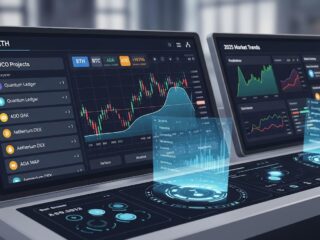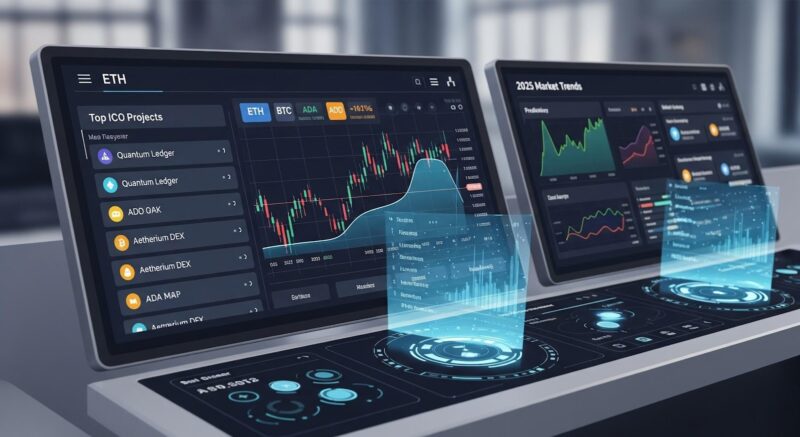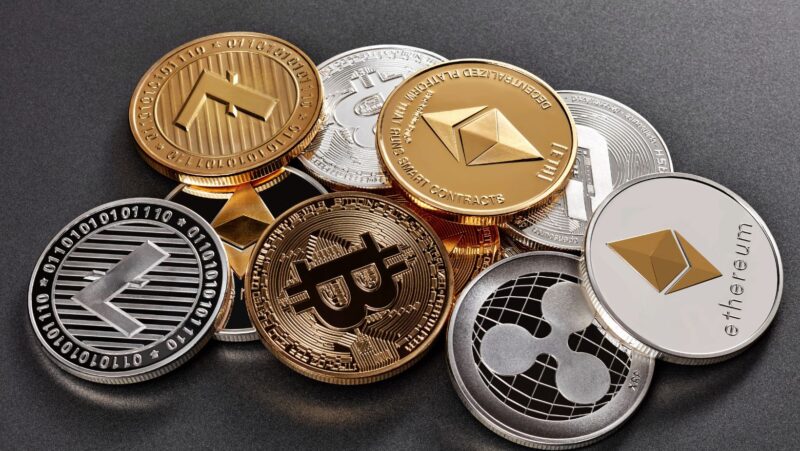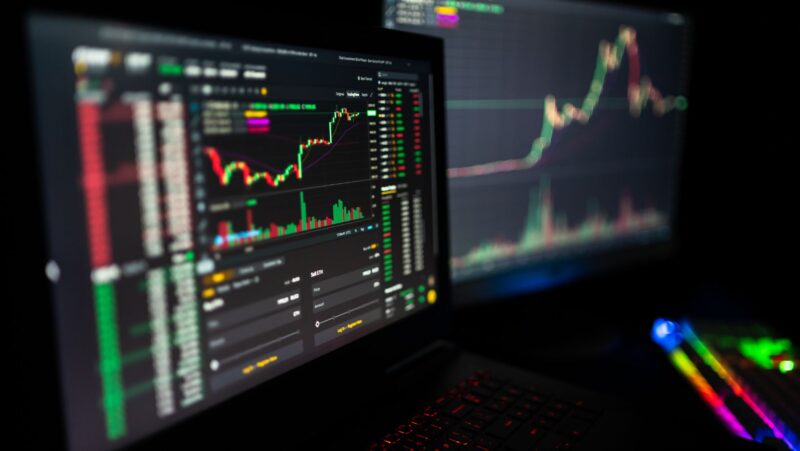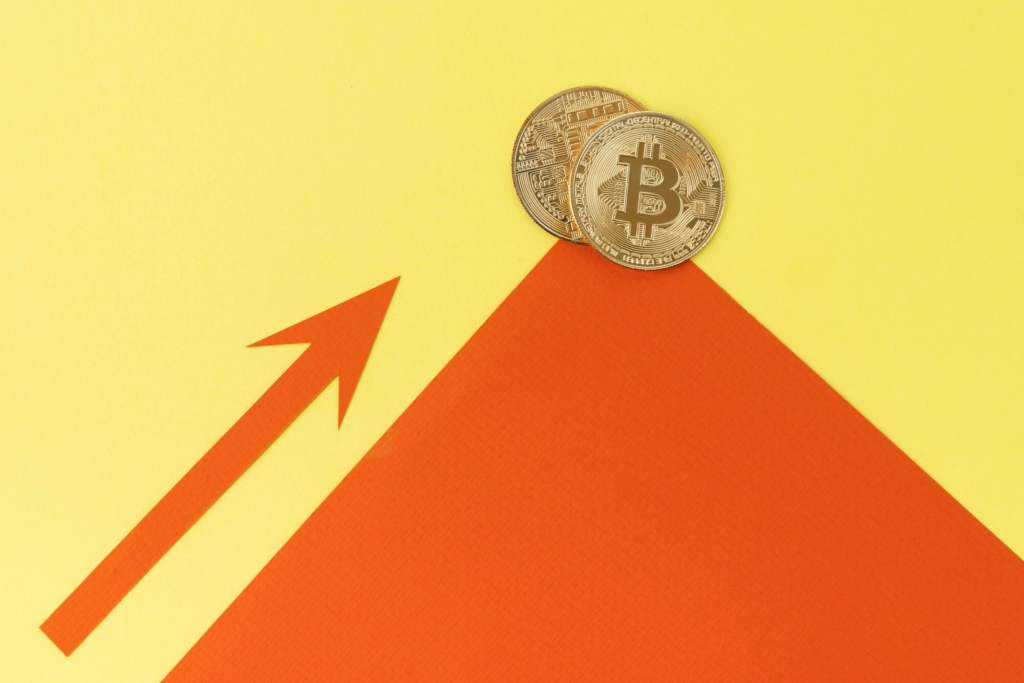
Crypto prices in 2025 move on a mix of economic forces, investor behavior, and tech breakthroughs. Some assets hit record highs, while others crash just as fast. Understanding what pushes these swings helps traders, institutions, and everyday investors stay ahead of the game.
Regulation Shapes the Market
Governments still hold the keys to crypto’s long-term stability. Clear policies bring in institutional investors, while harsh restrictions shake confidence. In the U.S., more defined rules around taxation, stablecoins, and DeFi have made the market more predictable. Traditional investors feel more comfortable getting involved. Meanwhile, countries with tighter restrictions are pushing traders toward decentralized platforms.
Globally, central bank digital currencies (CBDCs) and international crypto tax agreements are shifting investor behavior. While some see regulation as a threat, others view it as a sign of crypto maturing into a real financial force.
Big Money Moves Prices
Institutional investors are more involved than ever. Hedge funds, asset managers, and even university endowments have put crypto into their portfolios. This isn’t just about Bitcoin—Ethereum and other assets are benefiting too.
A major factor is exchange-traded funds (ETFs). These funds let investors get crypto exposure through traditional markets, bringing in fresh capital and making the market less volatile. More liquidity means less dramatic price swings, but it also makes crypto more sensitive to broader economic trends.
Inflation and Interest Rates Matter
Macroeconomic trends still play a big role in crypto price action. Inflation fears and Federal Reserve decisions on interest rates are major drivers.

- If inflation stays high, some investors turn to crypto as a hedge.
- If the Fed keeps rates up, risk assets—including crypto—tend to struggle.
- If a rate cut is on the horizon, markets often see renewed optimism.
Stock market performance also influences crypto sentiment. If traditional markets are shaky, some traders rotate funds into digital assets. But that works both ways—if stocks surge, money can leave crypto for more conventional investments.
Speculation Still Rules the Market
Crypto’s biggest price swings often come from hype, social media trends, and FOMO. Memecoins still thrive, and tokens like Cheems Coin have captured attention despite their volatility. Recently, Cheems Coin price saw a sharp drop, reflecting the unpredictability of meme-based cryptocurrencies.
While some see it as a high-risk gamble, others view it as a potential comeback story, especially with new developments like CheemsDao and the upcoming CheemsCard Game. But what sparks big moves? A mix of factors:
- High-profile investor endorsements
- Social media-driven buying frenzies
- Market-wide fear or greed cycles
- Security breaches or exchange failures

Traders who understand these cycles can ride the waves, but those caught on the wrong side risk serious losses.
Tech Upgrades and Adoption Drive Growth
Crypto projects that bring real tech advancements see the strongest price growth. In 2025, network scalability, security, and blockchain interoperability are big themes.
Ethereum’s latest upgrade has slashed transaction fees and boosted processing speeds, making it more competitive. Bitcoin’s Lightning Network is expanding, pushing adoption as a payment system.
New sectors like decentralized AI and blockchain-integrated machine learning are catching investor interest. These innovations could redefine what’s possible in the crypto space, keeping the industry moving forward.
Supply and Demand Keep Markets Tight
Unlike traditional markets, where central banks influence money supply, crypto has built-in scarcity mechanics.
- Bitcoin’s halving in 2024 cut the supply of new coins, reducing selling pressure.
- Staking mechanisms in other cryptos remove supply from circulation, limiting availability.
- Token burn strategies create artificial scarcity, increasing value over time.
Scarcity alone doesn’t drive price, but when combined with increasing demand, it sets the stage for major price action.
Looking Ahead
Crypto remains a high-risk, high-reward space. Prices move based on regulation, institutional interest, economic conditions, speculative cycles, and tech developments. While the market matures, volatility isn’t going anywhere.
For investors, staying informed and keeping a long-term perspective is key. Those who understand the forces shaping the market can better navigate the wild swings and spot opportunities before the herd catches on.


